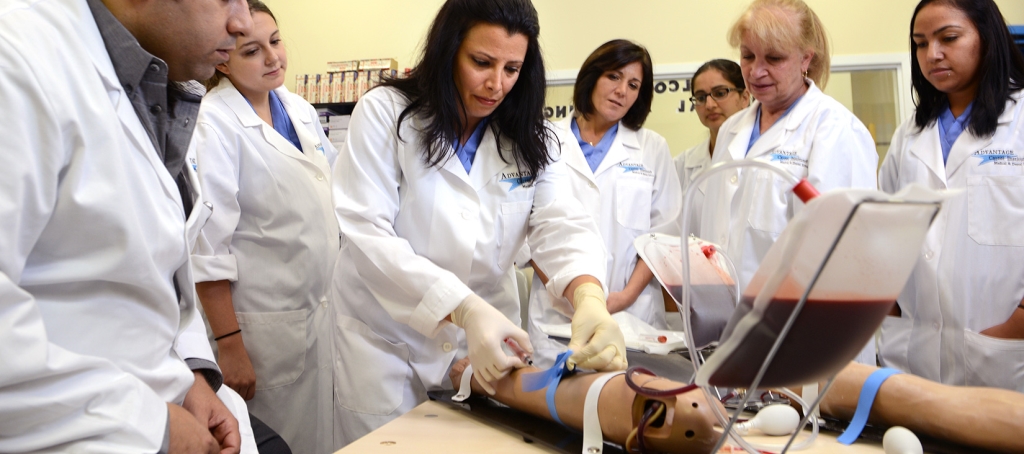Your Step-by-Step Guide: How to become a Phlebotomist in 2023
Are you interested in a healthcare career that allows you to make a difference while working in a variety of settings? Becoming a phlebotomist might be the right path for you! Phlebotomists play a crucial role in healthcare by drawing blood for tests, donations, research, and transfusions. this thorough guide will take you through the essential steps to become a phlebotomist in 2023, including education requirements, certification, and practical tips.
1. understanding the Role of a Phlebotomist
Before embarking on your journey, it’s critically important to understand what a phlebotomist does:
- Collects blood samples from patients
- Prepares blood samples for testing
- Maintains a sterile habitat
- Ensures patient comfort and safety
- Interacts with patients and healthcare professionals
2. Educational requirements
To become a phlebotomist, you’ll need to meet certain educational qualifications. Below are the typical steps to follow:
Step 1: High School Diploma or GED
A high school diploma or equivalent is the basic requirement for entering a phlebotomy program. Subjects like biology and anatomy will help build foundational knowledge.
Step 2: Enroll in a Phlebotomy Training program
You can choose to attend a vocational school, community college, or online program that offers a phlebotomy certification course. Look for programs accredited by organizations like the National Accrediting Agency for clinical Laboratory Sciences (NAACLS).
3. Certification Process
While certification is not always mandatory,it significantly enhances your job prospects. here’s how to get certified:
Step 1: complete Your Training Program
Your training will typically include both classroom instruction and hands-on practice. You’ll learn about:
- Blood collection techniques
- Safety procedures and protocols
- Patient interaction skills
Step 2: Pass a Certification Exam
After completion, you can take an exam from various certifying bodies:
| Certification Body | Exam Offered | Eligibility Requirements |
|---|---|---|
| American Society for Clinical Pathology (ASCP) | Phlebotomy Technician (PBT) | Completion of an accredited program |
| National Healthcareer Association (NHA) | Certified Phlebotomy Technician (CPT) | Completion of a training program or 104 hours of experience |
| National center for Competency testing (NCCT) | Phlebotomy Technician certification (CPT) | Completed education or experience hours |
4. Gaining Experience
Practical experience is vital. Many training programs include internship opportunities. Consider these avenues to gain more experience:
- Volunteer at local hospitals or clinics
- Participate in blood donation drives
- Seek shadowing opportunities with experienced phlebotomists
5. Finding a Job as a Phlebotomist
Once certified, it’s time to start your job search:
Step 1: Prepare Your Resume and Cover Letter
Highlight your education, certifications, and hands-on experience. Tailor your resume to reflect the specific skills required for phlebotomy positions.
Step 2: Apply for Positions
Check job boards, hospital websites, and healthcare facilities for openings. Network within the industry to discover opportunities that might not be advertised.
Step 3: Prepare for Interviews
Be ready to discuss your training, experience, and how you handle challenging situations, such as arduous patients or encounters with needle anxiety.
6. Benefits of Being a Phlebotomist
Choosing a career as a phlebotomist comes with various benefits:
- Job Stability: The demand for skilled phlebotomists is growing across the nation.
- Variety of Work Environments: You can work in hospitals, clinics, labs, and even in-home care environments.
- Versatility: Many phlebotomists enjoy flexible work hours, making it easy to balance personal commitments.
- Gateway to More Opportunities: Experience in phlebotomy can lead to advanced positions in healthcare,such as medical assisting or laboratory management.
7. Practical Tips for Success
To excel in your role as a phlebotomist, consider these tips:
- Practice empathetic patient interaction; it’s crucial for easing anxiety.
- Stay updated with the latest safety protocols and techniques.
- Seek further education to expand your skill set and career opportunities.
Conclusion
Becoming a phlebotomist in 2023 is an attainable goal that can lead to a fulfilling career in healthcare. By meeting educational requirements, obtaining certification, and gaining hands-on experience, you’ll position yourself for success. With the growing demand for phlebotomy professionals,now is the perfect time to dive into this rewarding field. Start your journey today, and make a difference in the lives of patients and the healthcare system!
